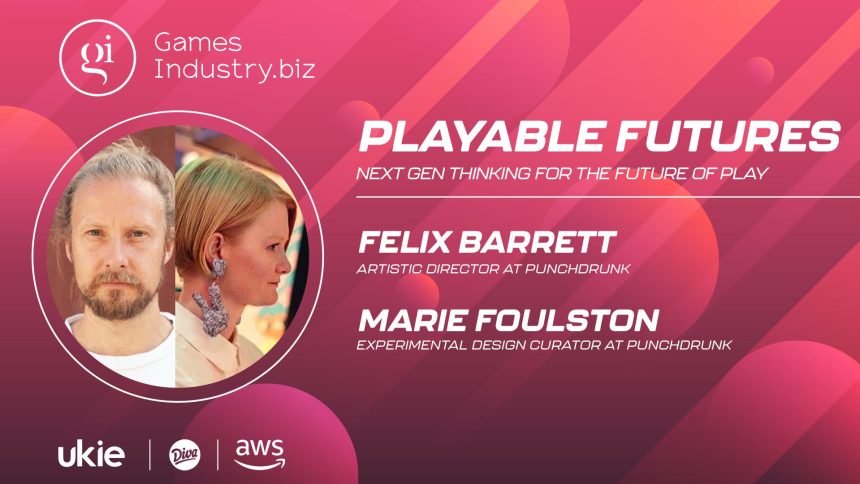For decades, games have existed primarily in the digital realm, pulling players away from reality into virtual worlds devoid of physical presence.
However, recent phenomena like Pokemon Go have challenged this notion by demonstrating that games blending digital and physical elements can achieve widespread popularity and success. Moreover, another trend has emerged, where the conventions and mechanics of video games are increasingly influencing experiences in public spaces such as theaters, galleries, and museums.

Felix Barrett, the artistic director at Punchdrunk, a renowned immersive theater company, acknowledges this shift. Initially surprised by a review that described their production, Sleep No More, as the “game of the year,” Barrett realized that their approach to theater shared similarities with video games. This revelation prompted Punchdrunk to intentionally incorporate game elements into their work.
Immersive theater, characterized by audience interaction and exploration of large sets, parallels the mechanics of video games. Punchdrunk’s recent productions have embraced this overlap, deliberately integrating video game rulesets into their performances.
Similarly, Marie Foulston, a creative director specializing in experiential design, observed the energy and experimental nature of indie game communities, inspiring her to bridge the gap between games and public spaces. Her initiatives, like The Wild Rumpus, aimed to create immersive game experiences outside traditional gaming environments.

At the V&A museum’s gaming exhibition, Design/Play/Disrupt, Foulston collaborated to create an exhibition design that mirrored gaming experiences. Employing techniques such as obscured views and highlighted objects, the exhibition emulated the design principles found in video games.
Both Punchdrunk and Foulston are exploring new frontiers in merging game design with live experiences. Punchdrunk is developing a live-action game engine called PLAGE, allowing theatergoers to interact with the performance using their smartphones, akin to a gaming interface.
This convergence of game design, theater production, and exhibition curation indicates a promising future where the boundaries between virtual and physical experiences continue to blur.





